Talk to your doctor to find out if a prosthesis might be right for you.
The knee is the joint connecting the leg to the thigh. It is made up of three bones: the femur, the tibia and the patella (or kneecap). In a healthy knee, the bones are covered with articular cartilage. This protects the bone and facilitates sliding between the joint surfaces when the knee is flexed. Cartilage wears out not only over the years but also with use.
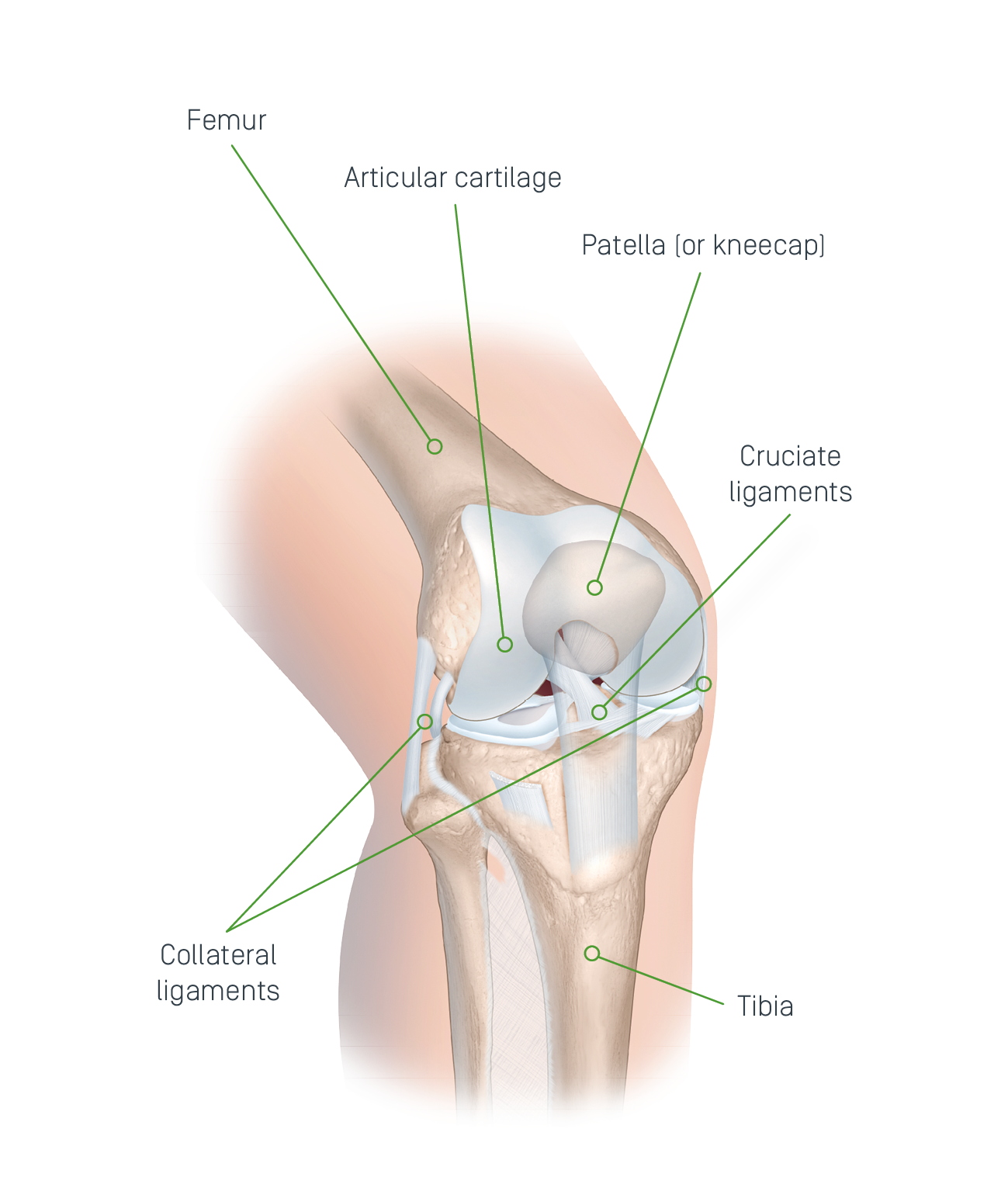
Osteoarthritis is a disease characterized by degenerative and chronic wear and tear of the articular cartilage. Osteoarthritis is the most common joint condition and the first symptoms generally appear from the age of 40-50 years. It may occur earlier, especially following trauma (e.g. fracture, ligament injury or meniscus tear).
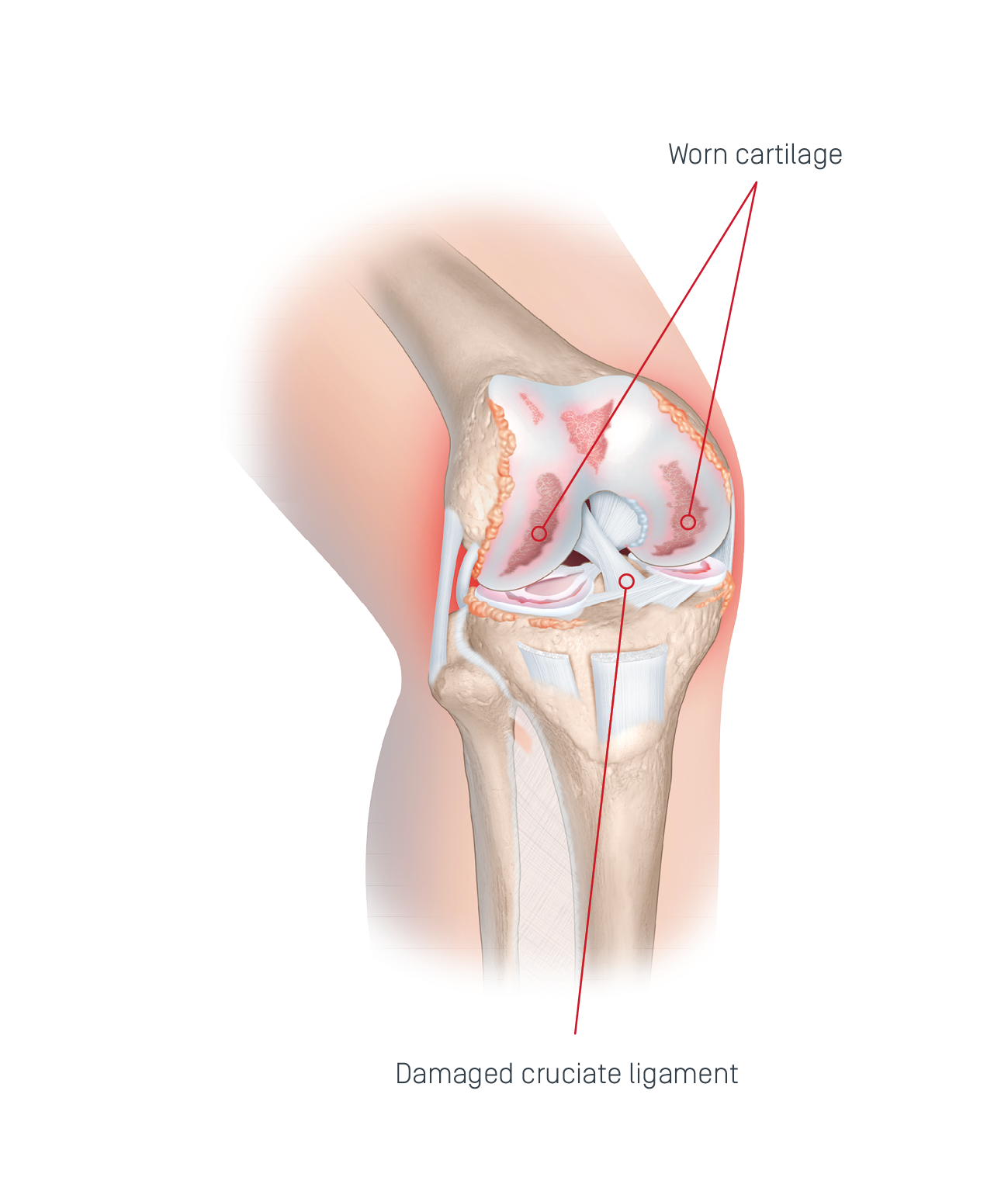
Total knee arthroplasty aims to replace any bone and cartilage worn out by osteoarthritis through the insertion of a prosthesis. The knee prosthesis is made up of three or four metal and plastic components.

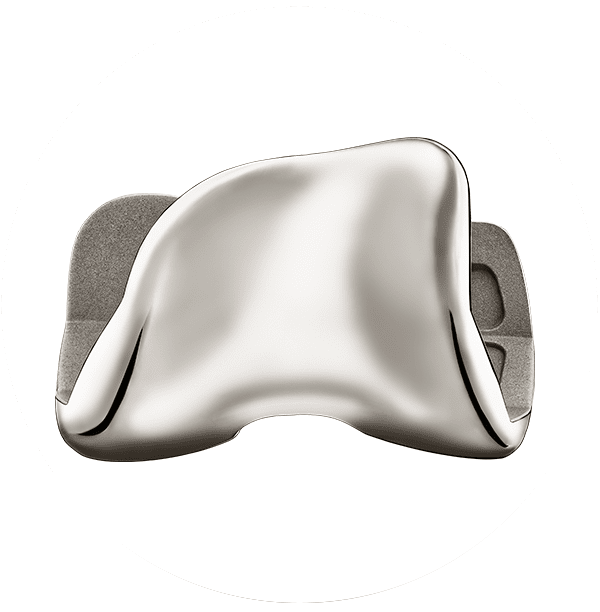

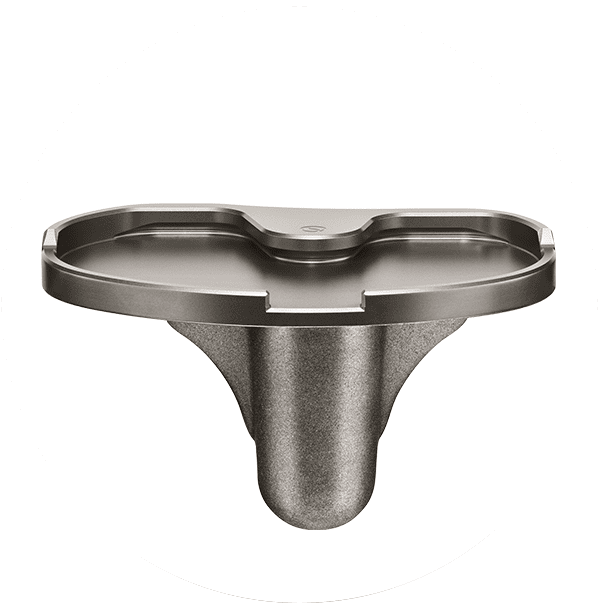
The anatomy of the knee is complex and varies greatly from one individual to another. There are many variations in bone shape that can depend on size, gender, physical activity and ethnicity.
This makes your knee unique and unlike any other. When fitting a knee prosthesis, it is therefore essential to be able to restore the very specific shape of the knee, in order to be able to regain function and mobility that are as natural as possible.

Standard prosthesis ranges come in many sizes, but have a common shape that corresponds to the anatomical average.
In contrast, the ORIGIN® custom-made prosthesis accurately reproduces the shape and contour of your knee. The alignment of your leg is also restored to its condition prior to the wear and tear of your joint cartilage.


Symbios, after modeling your femur in 3D from a scanner, designs and manufactures a custom-made prosthesis specifically for your knee. The custom-made implants are then manufactured on a just-in-time basis for delivery a few weeks later to the hospital for your operation.
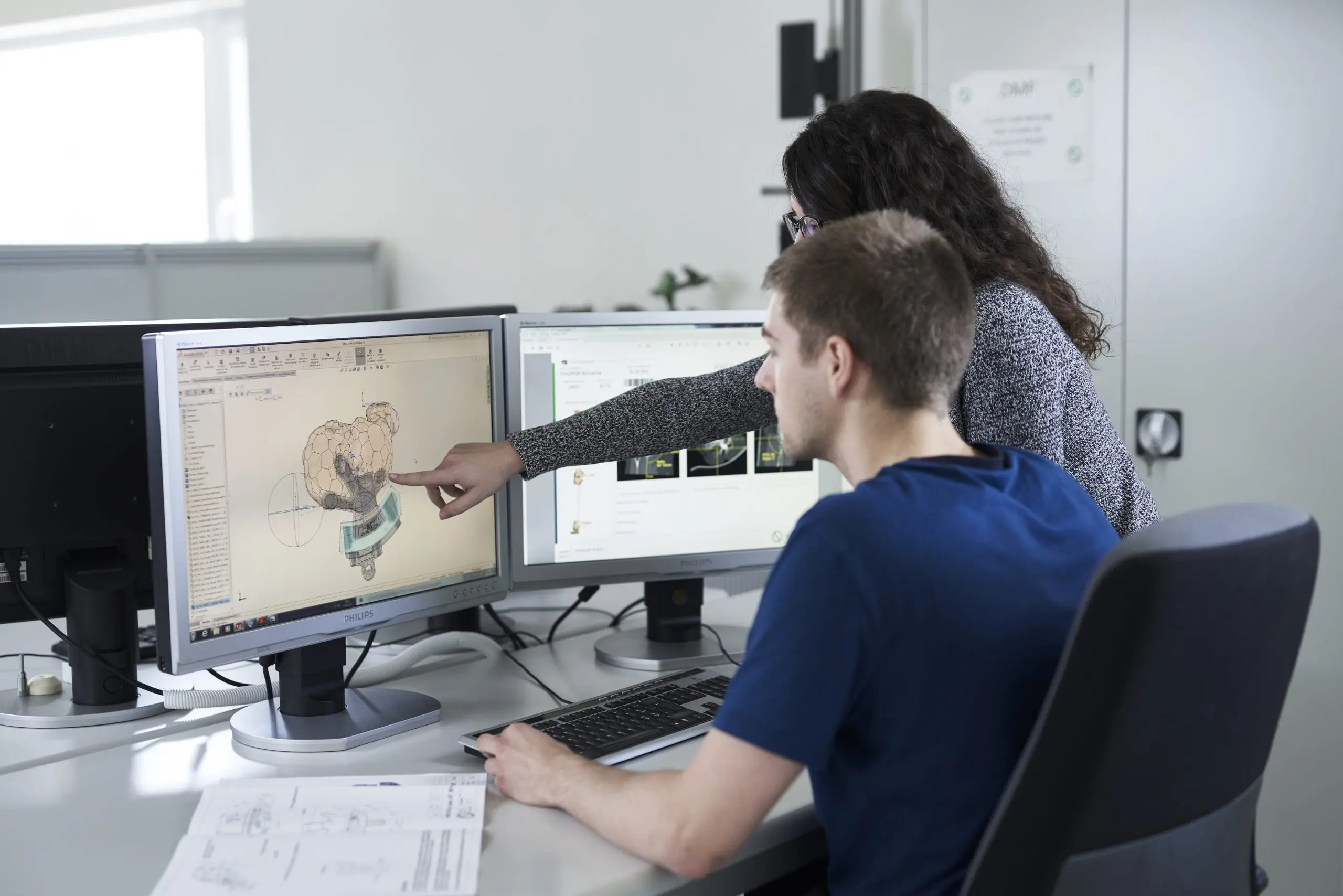


In order to maximise the life span of your new knee, make sure you follow the instructions given to you by your surgeon and respect these simple rules to avoid potential complications:

Roger is a keen sportsman and loves playing tennis. After been diagnosed with osteoarthritis in his knee he thought that his tennis playing days might have been behind him. In this video, Roger shares his story about how a Symbios individualized knee replacement helped him to get back onto the court to continue the sport he loves.
Would you like more information about our knee prostheses?